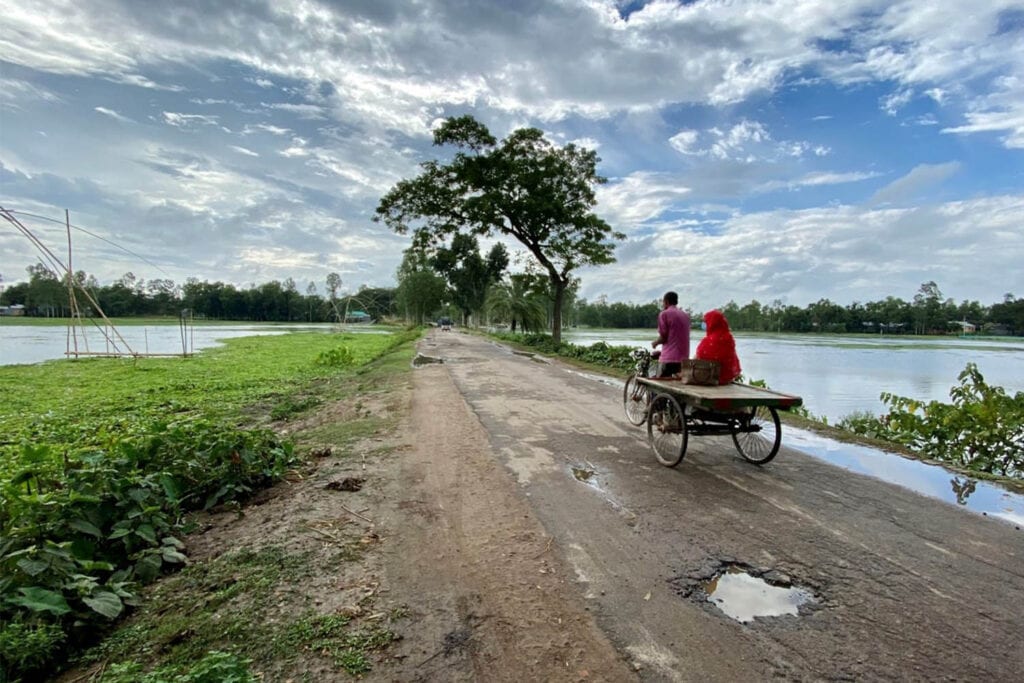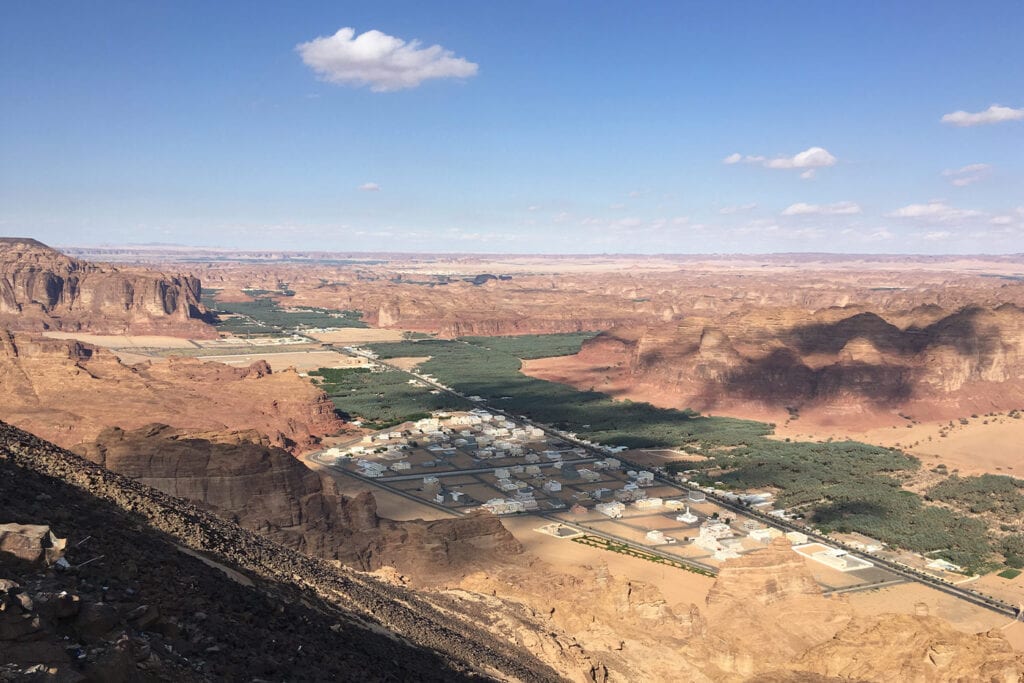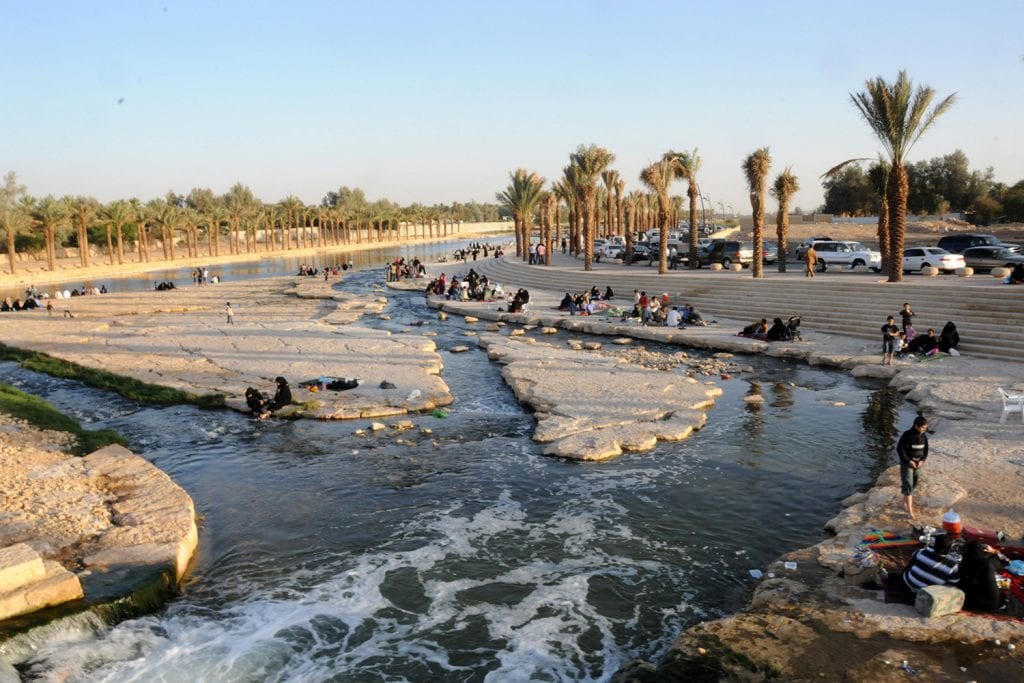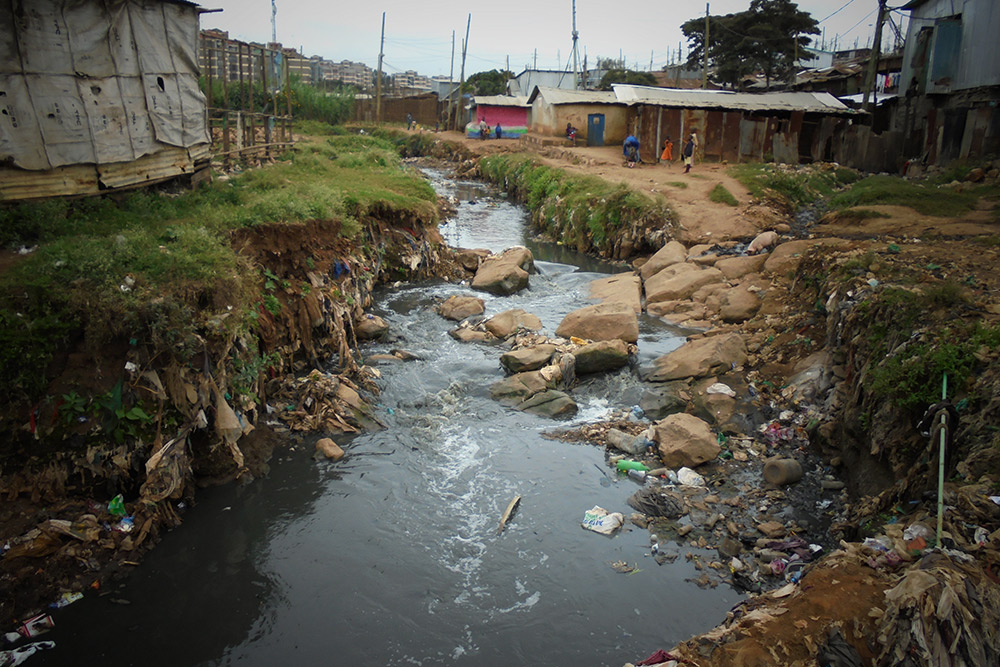How Quadtree facilitates flexible optioneering of flood risk masterplans
“Are we nearly there yet?” is a common question on the journey to finding sustainable flood risk solutions. A question that Buro Happold’s Water Group is looking to pre-empt.
As the rest of the design team tend to focus their attention within the red-line boundary, our more holistic view can be misunderstood. As practitioners of flood risk management, we are used to thinking about the impacts beyond the immediate vicinity of our project boundaries. The extent of our interest is driven by both the natural and built environment.
To ensure sustainability in terms of flood risk, we must evaluate and mitigate the local impacts and those elsewhere in the catchment. In assessing risk, we consider factors such as flood extent, depth, duration and flow speed, which require us to carry out wider-scale modelling.
Hydraulic modelling is not without its challenges. During the early stages of a project clients and architects are keen to understand if their development is risk free before the development proposals have been defined.

Our decisions are based on a holistic understanding of the opportunities and constraints of each site. This is followed by an iterative approach to the design to achieve resilient and sustainable solutions.
In order to provide the project team with the information they require, we need it to be flexible and adaptable to inform those early-stage decisions. Since the opportunities to absorb design changes reduce as projects progress, our input cannot be delayed without incurring significant risks.

In the hydraulic modelling process, the critical step is the model simulation. The duration of the model simulation is the defining factor in how quickly information on the performance of design can be fed back into the design process. The larger and more complex the hydraulic model is, in comparison to the computing power available, the more drawn-out the testing process becomes.
In early 2020, new software was released by TUFLOW that has enabled us to reduce this simulation time. Buro Happold has adopted this solver for project applications where modelling had the potential to constrain the iterative design process to loosen this constraint.

In the standard fixed-grid approach to iterative modelling, the resolution of the model is decided by the modeller. They must balance the need for a short run-time against the need to provide sufficient detail to represent key components of the design. This is an important call and requires good experience to identify the right balance. A model with too high a resolution can be slow to run and therefore delay outputs. However, too high a resolution and the model may lack the detail required to test and prove the design proposals.
This new approach offers an alternative. It allows users to vary grid cell size across the model, which provides increased resolution at key locations whilst reducing resolution in areas of lesser importance.
This means that for Buro Happold’s larger flood risk models, such as the Arriyadh Stormwater Masterplan Review in the urban areas of Riyadh, we can target the computational effort on the areas of the city model that influence the sites requiring assessment. This shortens the overall assessment timeframe and gives more flexibility for the testing of design options and mitigation measures.

The software developer has provided metrics for the application of the new solver for urban direct-rainfall models, similar to those recently utilised by Buro Happold in the Kingdom of Saudi Arabia (KSA). Their benchmarks demonstrate a reduction in run-times by 50%, whilst maintaining close approximation to the original model results (86% of modelled depth results ±100mm).
Benchmarking undertaken by Buro Happold on a Riyadh-based urban development model tells a similar story. A change in resolution, from a fixed 5m grid to a three-level grid (5m/10m/20m), reduced simulation time by 70%, with 97% of the model outputs within ± 100mm accuracy.

The results from both sets of benchmarking suggests that it is possible to maintain an appropriate model accuracy whilst enabling the model to be run in a third of the time. When adopted to its fullest, we are able to provide greater support into the optioneering stage of projects.

Buro Happold is supporting our clients and collaborators through contributing effectively to iterative design. A more informed design team will make better decisions, which will result in a project with a greater value to all involved. This allows us to provide technical advice to urban development projects right from the project’s initiation and capitalise on the tools that allow us to do so.
The concept behind Quadtree is to provide the necessary detail when and where it is required. We could not have put it better ourselves.








